During photosynthesis, A is taken by leaves from atmosphere, B. is absorbed by the roots. A and Breacts in the presence of C to produce D and E. If D is stored in different parts of the plant and E is released into atmosphere, then identify A B C D
To solve the question step by step, we need to identify each component involved in the process of photosynthesis:
1. Identify A:
- A is taken by leaves from the atmosphere. In the process of photosynthesis, plants absorb carbon dioxide from the air through small openings in their leaves called stomata.
- Therefore, A = Carbon Dioxide (CO2).
Hint: Think about what gas plants take in from the air during photosynthesis.
2. Identify B:
- B is absorbed by the roots. The primary substance that roots absorb from the soil is water.
- Therefore, B = Water (H2O).
Hint: Consider what essential liquid is taken up by plant roots from the soil.
3. Identify C:
- A and B react in the presence of C. In photosynthesis, the reaction occurs in the presence of sunlight, which provides the energy needed for the process.
- Therefore, C = Sunlight.
Hint: What is the natural source of energy that plants need to perform photosynthesis?
4. Identify D:
- A and B react to produce D and E. During photosynthesis, the main product that is synthesized is glucose (a type of sugar), which is a carbohydrate. This glucose can be stored in the form of starch in various parts of the plant.
- Therefore, D = Starch.
Hint: Think about what form of energy is stored by plants after they make food.
5. Identify E:
- E is released into the atmosphere. The byproduct of photosynthesis is oxygen, which is released back into the air.
- Therefore, E = Oxygen (O2).
Hint: What gas do plants release as a result of photosynthesis that is essential for animal life?
Final Answers:
- A = Carbon Dioxide (CO2)
- B = Water (H2O)
- C = Sunlight
- D = Starch
- E = Oxygen (O2)
Summary of the Solution:
During photosynthesis:
- A (Carbon Dioxide) is taken from the atmosphere.
- B (Water) is absorbed by the roots.
- They react in the presence of C (Sunlight) to produce D (Starch) and E (Oxygen).
- A is taken by leaves from the atmosphere. In the process of photosynthesis, plants absorb carbon dioxide from the air through small openings in their leaves called stomata.
- Therefore, A = Carbon Dioxide (CO2).
- B is absorbed by the roots. The primary substance that roots absorb from the soil is water.
- Therefore, B = Water (H2O).
- A and B react in the presence of C. In photosynthesis, the reaction occurs in the presence of sunlight, which provides the energy needed for the process.
- Therefore, C = Sunlight.
- A and B react to produce D and E. During photosynthesis, the main product that is synthesized is glucose (a type of sugar), which is a carbohydrate. This glucose can be stored in the form of starch in various parts of the plant.
- Therefore, D = Starch.
- E is released into the atmosphere. The byproduct of photosynthesis is oxygen, which is released back into the air.
- Therefore, E = Oxygen (O2).
- A = Carbon Dioxide (CO2)
- B = Water (H2O)
- C = Sunlight
- D = Starch
- E = Oxygen (O2)
During photosynthesis:
- A (Carbon Dioxide) is taken from the atmosphere.
- B (Water) is absorbed by the roots.
- They react in the presence of C (Sunlight) to produce D (Starch) and E (Oxygen).
Topper's Solved these Questions
- NUTRITION IN PLANTS AND ANIMALSBOOK - BETOPPERSCHAPTER - NUTRITION IN PLANTS AND ANIMALSEXERCISE - CONCEPTIVE WORKSHEET
47 Videos
- NUTRITION IN PLANTS AND ANIMALSBOOK - BETOPPERSCHAPTER - NUTRITION IN PLANTS AND ANIMALSEXERCISE - SUMMATIVE WORKSHEET (MULTIPLE CHOICE QUESTIONS)
10 Videos
- MOVEMENT IN ANIMALS AND PLANTSBOOK - BETOPPERSCHAPTER - MOVEMENT IN ANIMALS AND PLANTSEXERCISE - SUMMATIVE WORKSHEET (ANSWER THE FOLLOWING )
13 Videos
- ORGANISATION IN THE LIVING THINGSBOOK - BETOPPERSCHAPTER - ORGANISATION IN THE LIVING THINGSEXERCISE - Summative Worksheet (VIII. The organs of various systems are listed in the first column of the chart. Put a tick in any of the other columns if the organ belongs to any of the systems.)
1 Videos
Similar Questions
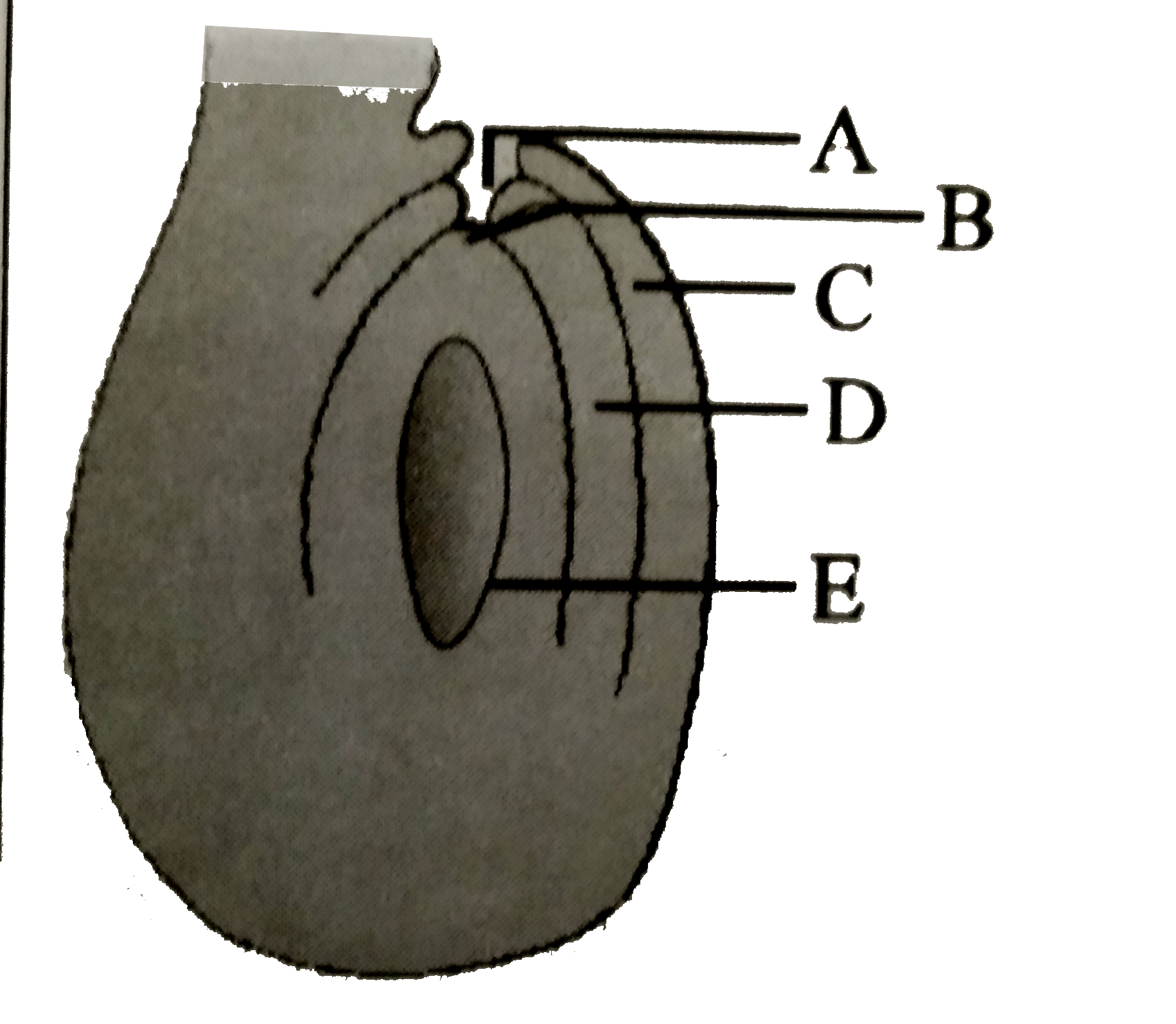
Identify A, B, C, D, E
View Solution
Identify A, B,C,D,E
View Solution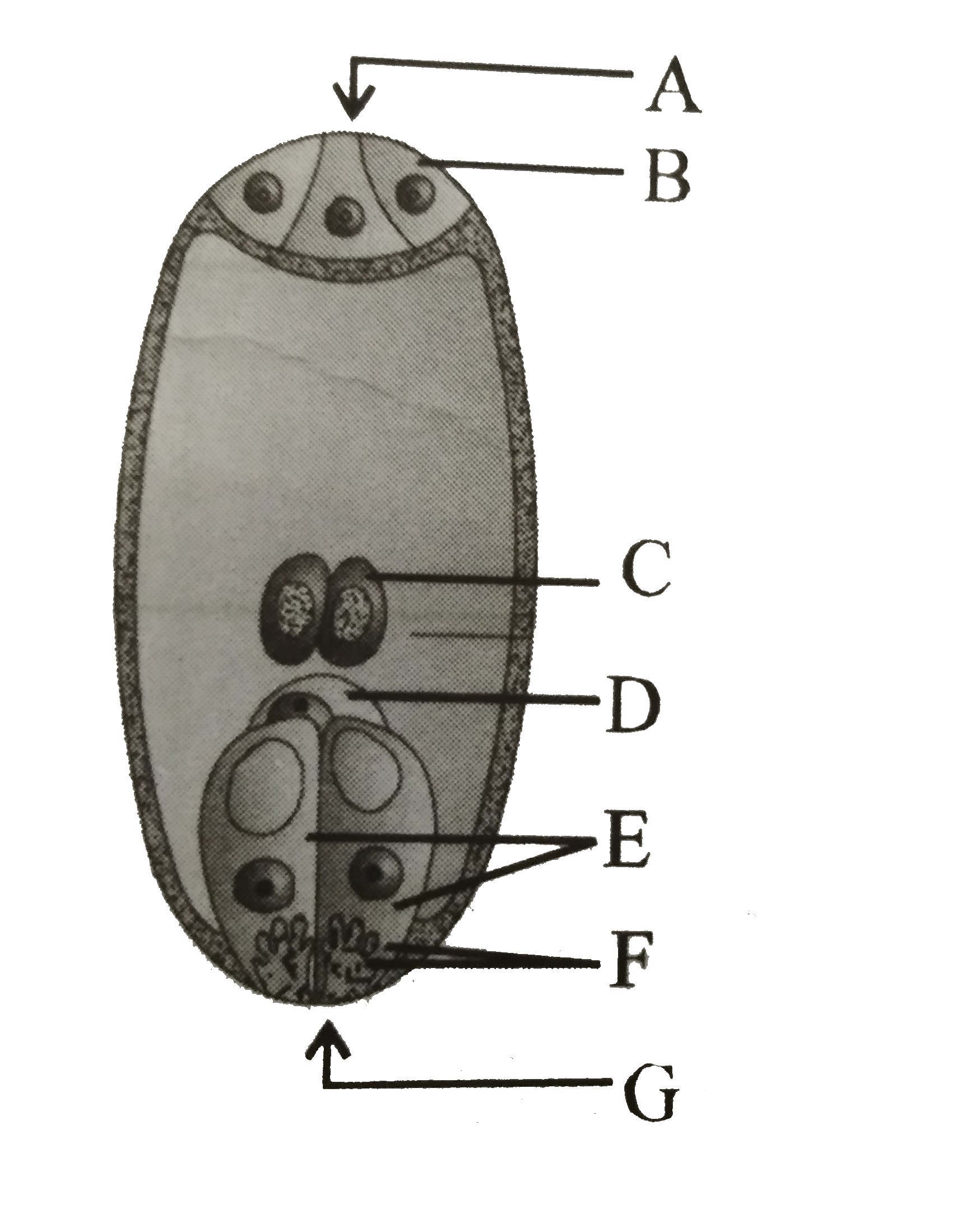
Identify A, B, C, D, E, F,G
View SolutionThe leaves of a plant combine a gas A taken from air and a liquid B taken from the soil in the presence of sunlight to make a simple food C by the process called D. some of the simple food C gets converted into a complex food E which is stored in the various parts of the plant including its leaves
Name the pigment present in leaves which helps in carrying out the food making process D
View SolutionThe leaves of a plant combine a gas A taken from air and a liquid B taken from the soil in the presence of sunlight to make a simple food C by the process called D. some of the simple food C gets converted into a complex food E which is stored in the various parts of the plant including its leaves
Name the process D.
View SolutionThe leaves of a plant combine a gas A taken from air and a liquid B taken from the soil in the presence of sunlight to make a simple food C by the process called D. some of the simple food C gets converted into a complex food E which is stored in the various parts of the plant including its leaves
Which of the two foods, C or E, will give blue-black colour with dilute iodine solution ?
View SolutionThe leaves of a plant combine a gas A taken from air and a liquid B taken from the soil in the presence of sunlight to make a simple food C by the process called D. some of the simple food C gets converted into a complex food E which is stored in the various parts of the plant including its leaves
What Is gas A?
View SolutionThe leaves of a plant combine a gas A taken from air and a liquid B taken from the soil in the presence of sunlight to make a simple food C by the process called D. some of the simple food C gets converted into a complex food E which is stored in the various parts of the plant including its leaves
What is food E ?
View SolutionIn given diagram identify the A,B,C,D,E.
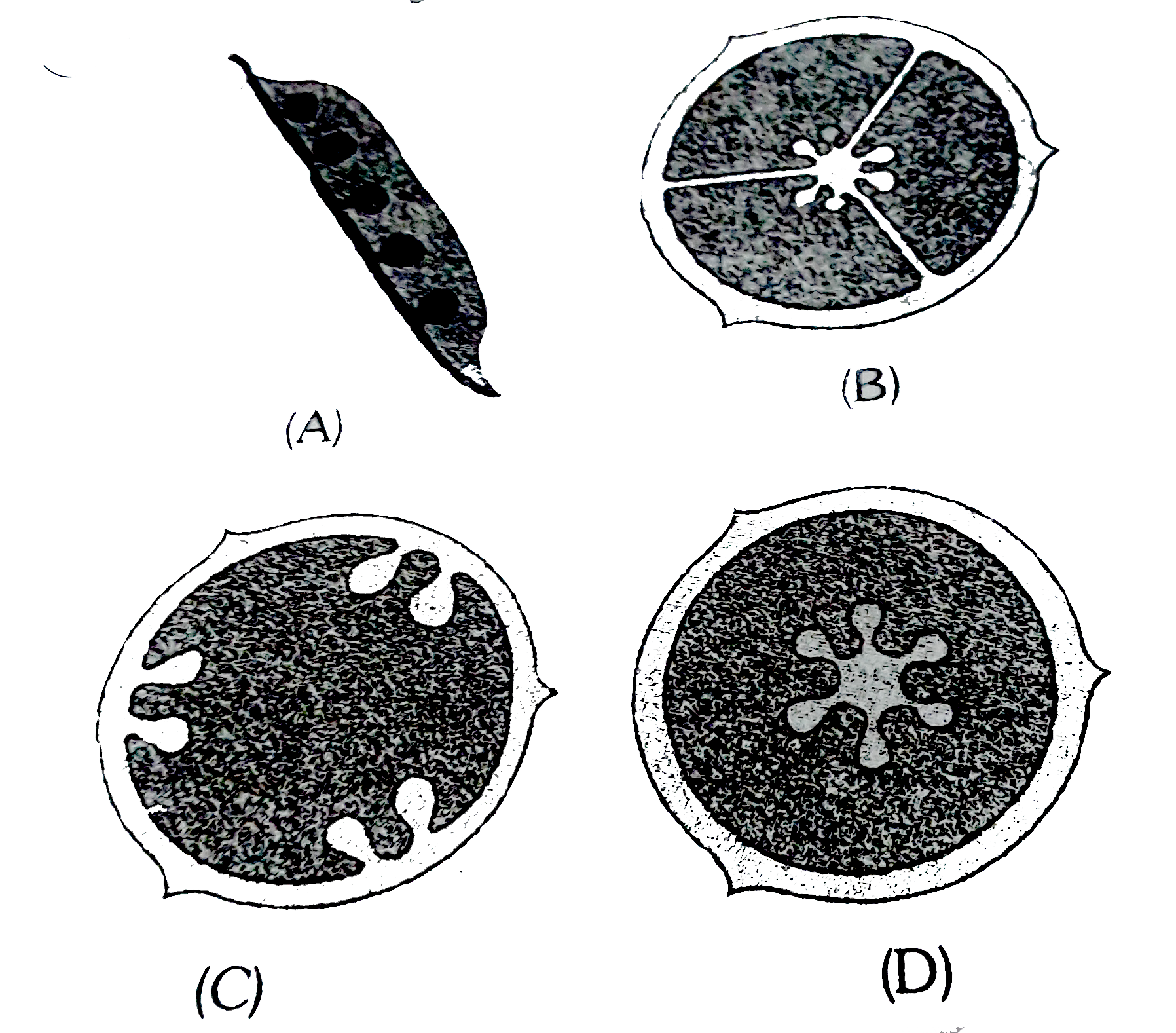
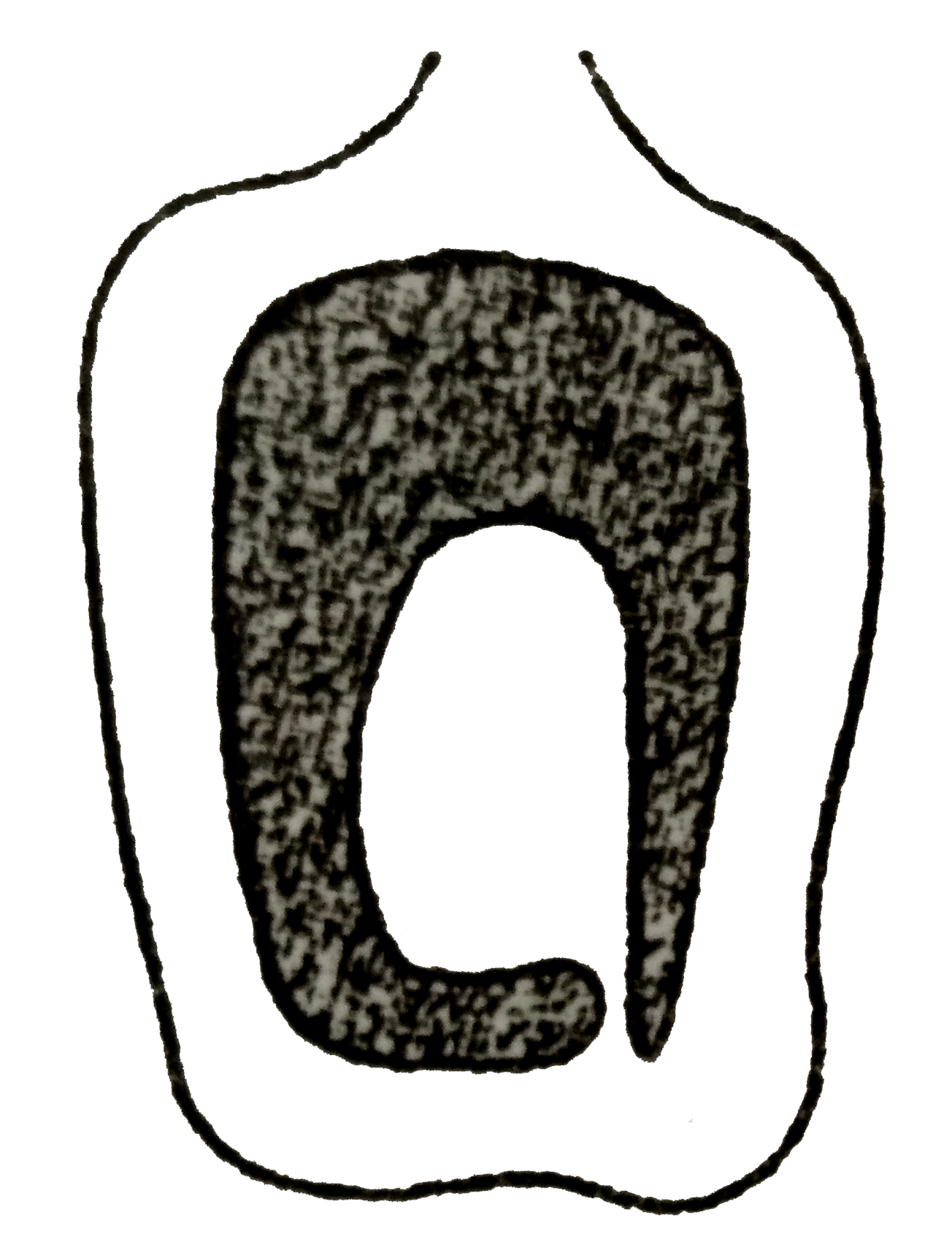
View Solution(a) Identify the figure given below and also identify the parts B, C,D and E. (b) State the function of E.
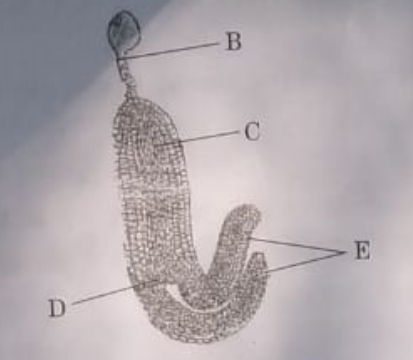
View Solution
